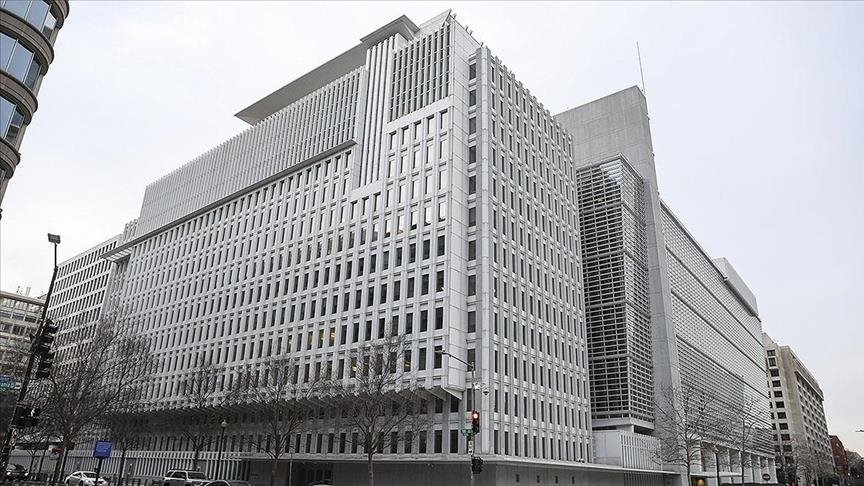
World Bank Forecasts Steady Global Growth, Highlights Challenges for Developing Economies
The World Bank projects the global economy to grow by 2.7% annually in 2025 and 2026, maintaining the same pace as in 2024, according to its latest Global Economic Prospects report. However, developing economies face their weakest long-term growth outlook since 2000, CE Report quotes Anadolu Agency
While global economic stabilization is anticipated, developing nations are struggling to narrow the income gap with advanced economies. Growth in these regions is expected to remain steady at around 4% over the next two years, a level below pre-pandemic trends and insufficient for reducing poverty and achieving development goals.
The report highlights that trade restrictions in 2024 were five times higher than the 2010–2019 average, contributing to a decline in global growth rates—from 5.9% in the 2000s to 3.5% in the 2020s. Excluding China and India, developing economies have seen their per capita income growth lag behind that of wealthier nations, further widening the income disparity.
Indermit Gill, the World Bank’s Chief Economist, warns that the next 25 years will pose greater challenges for developing economies than the previous quarter-century. Despite this, these nations now account for 45% of global GDP, up from 25% in 2000, and play a growing role in global trade, capital flows, and remittances.
The interconnectedness of developing economies is increasingly evident. An additional percentage point in GDP growth among China, India, and Brazil typically results in a nearly 2% cumulative boost to GDP in other developing nations over three years, underscoring their influence on global development outcomes.
























